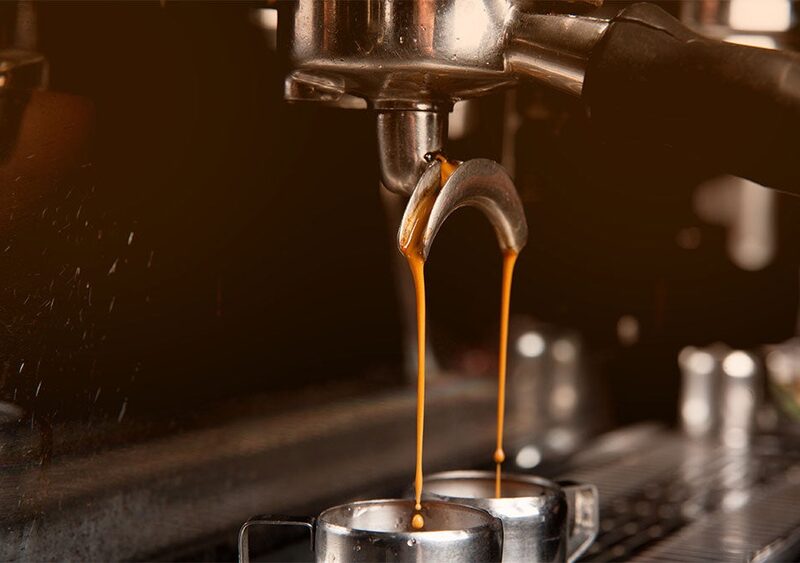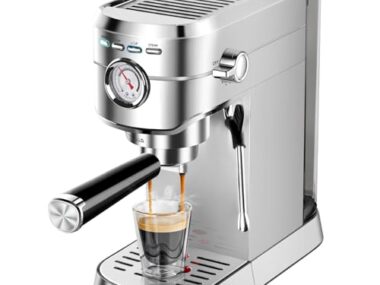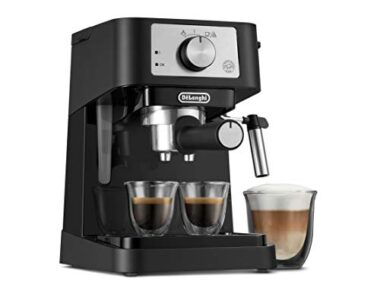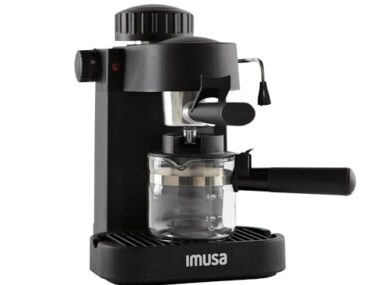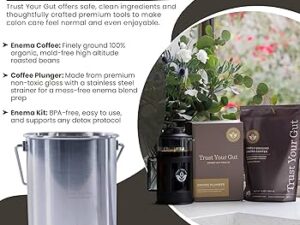Is your espresso machine dripping slowly, leaving you waiting longer than usual for that perfect cup? You’re not alone, and it can be frustrating when your morning routine is interrupted by a sluggish drip.
But why is this happening? Understanding the reasons behind your machine’s slow drip can save you time, money, and disappointment. Keep reading to discover the common causes and easy fixes that will get your espresso flowing smoothly again. Don’t let a slow drip ruin your coffee experience—let’s dive in and solve this together.
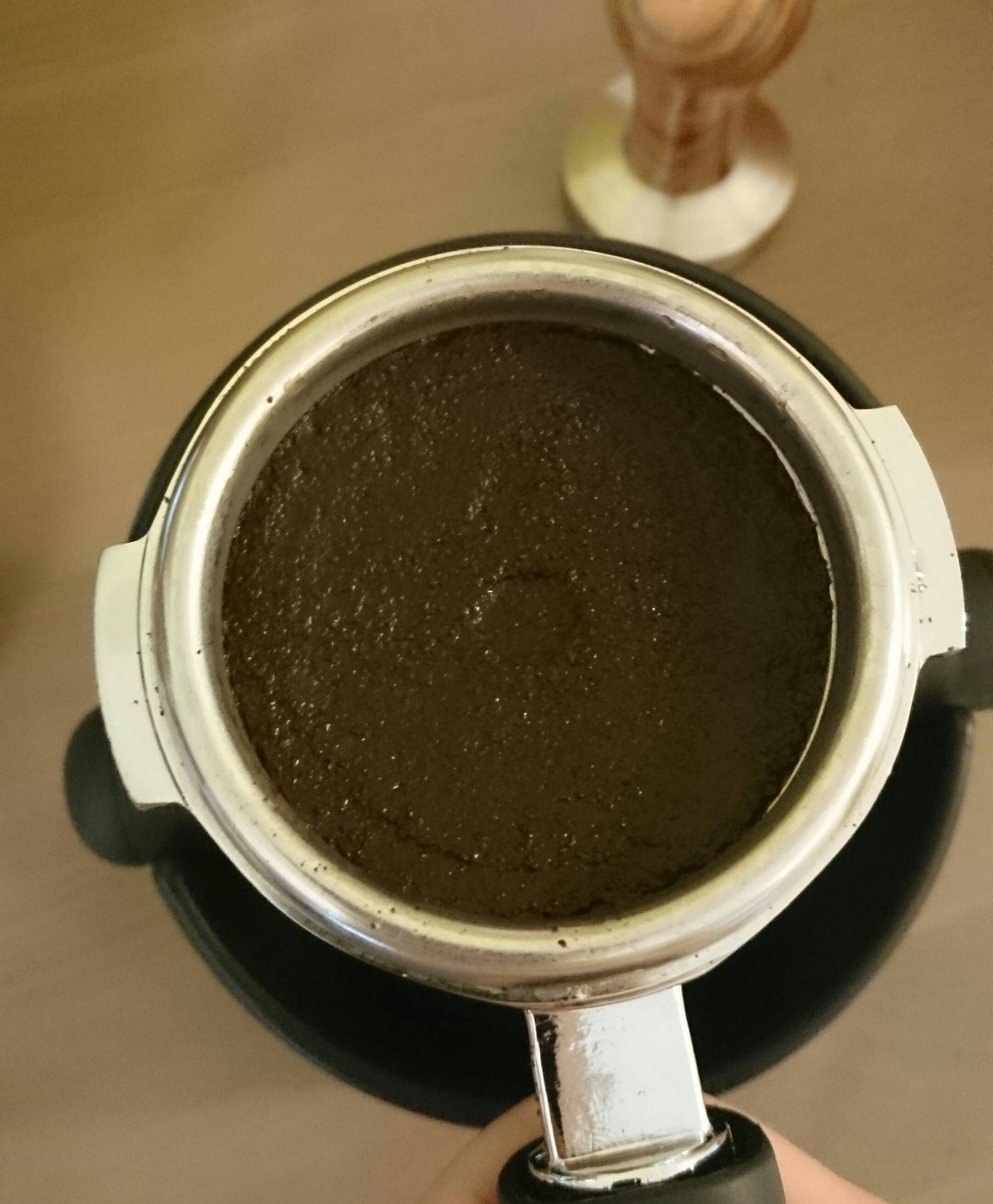
Credit: coffee.stackexchange.com
Common Causes Of Slow Dripping
Slow dripping from your espresso machine can be frustrating. It affects the taste and quality of your coffee. Understanding common causes helps you fix the problem quickly. Many issues come from simple maintenance needs. Identifying these can save time and money.
Clogged Portafilter
The portafilter holds the coffee grounds. Over time, coffee oils and fine particles build up. This clogs the tiny holes and slows water flow. Cleaning the portafilter regularly keeps the water dripping properly. Use a brush or soak it in hot water.
Blocked Shower Screen
The shower screen spreads water evenly over the coffee grounds. It can get blocked by coffee residue and minerals. A blocked screen causes slow dripping and uneven extraction. Remove and clean the screen carefully to restore flow.
Dirty Grinder Burrs
Grinder burrs crush coffee beans to the right size. Old coffee oils and crumbs stick to the burrs. This affects the grind size and clogs the filter. Clean your grinder burrs often for consistent dripping speed and coffee taste.
Water Pressure Issues
Espresso machines need proper water pressure for good flow. Low pressure can cause slow dripping. Check your water supply and machine pump. Sometimes the pressure needs adjustment or repair to fix the problem.
Worn Out Gaskets
Gaskets seal parts inside the machine. Over time, they wear out or become loose. This causes leaks and slow water flow. Inspect gaskets regularly and replace them if damaged. Good seals keep the machine working well.
Easy Cleaning Tips
Slow dripping from your espresso machine often signals a need for cleaning. Regular cleaning keeps your machine working well and ensures great coffee taste. Here are simple cleaning tips anyone can follow.
Backflushing The Machine
Backflushing clears coffee oils and residues inside the machine. Use a blind filter and special cleaning powder. Run the machine through its cleaning cycle as the manual says. This process removes blockages that slow water flow.
Soaking The Portafilter
Remove the portafilter and soak it in warm water with detergent. Let it sit for 15 to 30 minutes. Scrub gently with a brush to remove coffee grounds and oils. Rinse well before placing it back in the machine.
Cleaning The Shower Screen
The shower screen spreads water evenly over coffee grounds. It can get clogged with coffee oils and debris. Remove the screen carefully and soak it in warm, soapy water. Use a soft brush to clean it. Dry and reinstall to improve water flow.
Descaling The Machine
Mineral buildup from water can block pipes and drip valves. Use a descaling solution made for espresso machines. Follow the instructions for mixing and running the solution through the machine. Rinse thoroughly to remove all residues. Descaling improves water flow and machine lifespan.
Adjusting Grinder Settings
Adjusting the grinder settings is key to fixing a slow drip in your espresso machine. The grind size controls how fast water passes through the coffee. Too fine, and water struggles to flow. Too coarse, and water rushes through without flavor.
Small changes in grind size can make a big difference. You need to find the right balance for your machine. Consistent grinding also helps keep the flow steady. Uneven grounds can block water or create weak coffee.
Finding The Right Grind Size
Start with a medium-fine grind. This is usually best for espresso. If the espresso drips too slowly, try a coarser grind. It lets water flow faster. If the drip is too fast, make the grind finer. This slows water down and extracts more flavor.
Test different grind sizes in small steps. Watch how the water flows each time. Adjust until the drip is steady and not too slow or fast.
Consistent Grinding Techniques
Use the same grinder setting each time. Avoid changing it too much. Grinding the beans evenly helps water flow smoothly. Avoid shaking or moving the grinder while grinding. This can cause uneven coffee pieces.
Clean the grinder regularly. Old coffee bits can block the grinder and cause inconsistency. Consistent grinding keeps your espresso tasting better and the drip steady.
Checking Water Supply
Checking the water supply is a key step to fix a slow-dripping espresso machine. Water must flow freely for the machine to work well. Blocked or weak water supply can cause slow drips.
Start by making sure the water source is steady and clean. Poor water flow often links to supply problems. This part of troubleshooting helps find the root cause fast.
Inspecting Water Lines
Look at the water lines connected to your machine. Check for kinks, bends, or cracks that block water flow. Even small twists can reduce pressure.
Clean or replace dirty or clogged tubes. Sediment or buildup inside pipes slows water delivery. Clear lines mean smooth water movement.
Ensure all connections are tight. Loose fittings cause leaks and reduce water flow. Secure lines help maintain steady pressure.
Using Filtered Water
Use filtered water to avoid mineral buildup inside your machine. Hard water clogs pipes and parts, causing slow drips. Filters trap minerals and impurities.
Filtered water keeps your espresso machine cleaner longer. It also improves the taste of your coffee. Consider installing a water filter system for best results.
Replacing Worn Parts
Slow dripping in an espresso machine often means worn parts need attention. Over time, gaskets and seals wear out. These parts keep water flowing correctly and prevent leaks. Replacing them can restore your machine’s performance and stop slow dripping.
Changing Gaskets
Gaskets are rubber rings that create tight seals. They stop water from leaking during brewing. Worn gaskets become cracked or hard. This causes water to drip slowly.
To change a gasket, first remove the group head cover. Take out the old gasket carefully. Clean the area before placing the new gasket. Press it evenly into place. This simple step can fix dripping issues fast.
Inspecting And Replacing Seals
Seals work with gaskets to keep pressure steady. They are inside valves and pipes. Over time, seals can shrink or crack. This breaks the seal and causes drips.
Check seals for damage by feeling for soft spots or cracks. Replace any damaged seals with new ones. Use the right size and material for your machine model. Proper seals help maintain pressure and stop leaks.

Credit: caffenu.com
When To Call A Professional
Knowing when to call a professional for your espresso machine is important. Small problems might seem easy to fix. Some issues need expert care to avoid damage. Acting early can save you money and time.
Signs Of Mechanical Failure
Slow dripping can signal a bigger problem. Strange noises or leaks are clear warning signs. If water flow stops completely, call a technician. Faulty pumps or worn parts cause these issues. Avoid using the machine until it gets checked.
Regular Maintenance Services
Regular service keeps your espresso machine working well. Professionals clean and replace parts if needed. They check all mechanical and electrical components carefully. Scheduled maintenance prevents slow dripping and other problems. Plan services every few months for best results.

Credit: www.youtube.com
Frequently Asked Questions
Why Is My Espresso Machine Dripping Slowly?
A slow drip usually means a clogged filter or coffee grounds blocking water flow. Cleaning the machine and using the right grind size often solves this.
How Do Coffee Grind Size Affect Espresso Flow?
Too fine a grind slows water flow and causes slow dripping. Use a medium-fine grind for balanced extraction and smooth flow.
Can Water Pressure Cause Slow Espresso Dripping?
Yes, low water pressure reduces flow rate. Check your machine’s pump and water supply for proper pressure and consistent dripping.
Does Machine Cleanliness Impact Espresso Dripping Speed?
Absolutely. Residue buildup clogs filters and pipes, causing slow dripping. Regular cleaning ensures optimal flow and better espresso taste.
Conclusion
A slow drip from your espresso machine often signals a simple fix. Cleaning the filter or checking the water flow can help. Regular maintenance keeps your machine working well. Small issues can cause big brewing problems. Taking action early saves time and frustration.
Enjoying great espresso starts with a well-functioning machine. Keep an eye on any changes in flow. A steady drip means better coffee every time.
